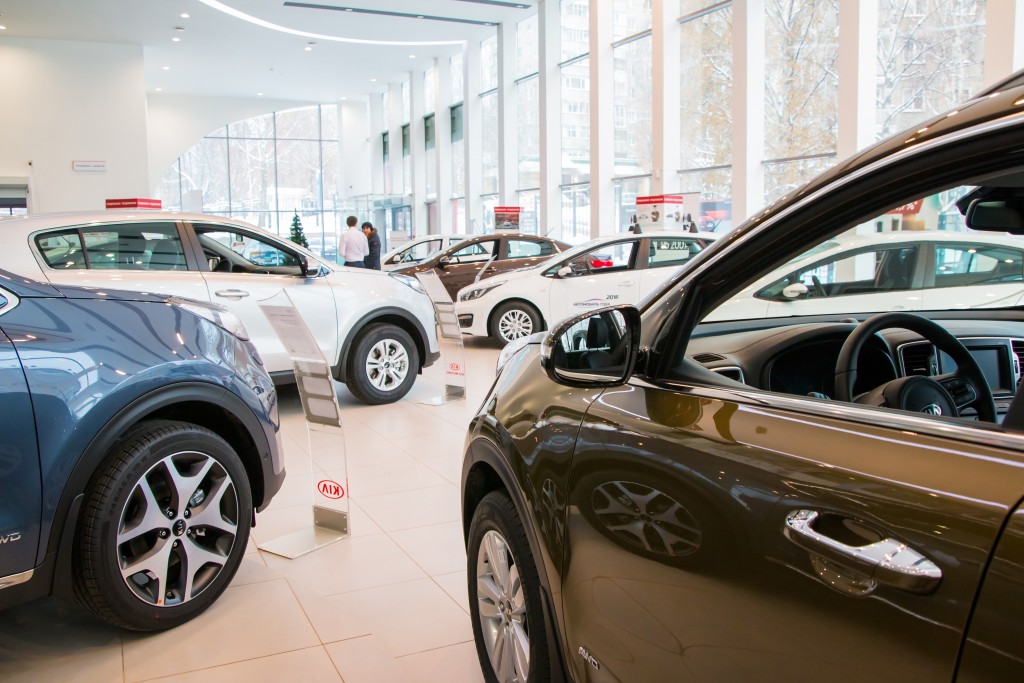Opening a car dealership is a worthwhile business opportunity for any automobile enthusiast. But it requires a considerable investment and lots of planning — from preparing a solid business plan to ensuring the business is registered and legally compliant. Without sufficient preparation, the business will most likely fail. Here’s what you need to know to ensure the business’ success.
Perform market research
Conducting market research is an important first step when thinking about opening a car dealership. This helps strengthen the presence of the business, minimize financial risk, understand the competition, and helps narrow down what the business can offer the market and whether it will generate demand. Understanding what particular needs the business serves in the area and how it differentiates itself from the competition ensures that it stands out from the crowd and finds a dedicated clientele.
Select the right location
The retail location of a car dealership is usually a showroom that displays all the car models available. Sometimes, it also has a dedicated service center. Finding the right location for the business is crucial. It needs to be an area that’s accessible and large enough to hold a substantial fleet of cars. It also needs to be close to an area where there are reliable vehicle carrier services to ensure that the delivery of inventory is quick and easy.
Focus on a niche
As mentioned before, market research helps identify what kind of customers the dealership should be catering to and what their specific needs are. This lays the foundation for what kind of niche the business should serve, whether it’s selling used cars, cars from one particular car manufacturer, cars at a certain price point, or opening up a dealership franchise. Narrowing down the niche guarantees a good marketing strategy and thus, strong sales and successful operations.
Create a business plan

With all the details in place, it’s time to put everything into writing. A solid business plan is key to the success of a business. It’s also necessary if the business needs outside funding. The business plan will serve as proof to prospective investors that they’ll be making a financially sound investment, and it’s also required when seeking out a bank loan. The business plan includes the name of the business, an estimate of start-up and ongoing operating costs, an overview of the target market, business strategy, and marketing strategy, among many other things.
Acquire funding
Car dealerships have one of the most expensive start-up costs among any business out there. Usually, these can be covered through funding opportunities like angel investors, venture capitalists, and bank loans. It’s important to explore all available options, and thoroughly understand each of their respective benefits and drawbacks before pursuing any of them.
Register the business
The final step to starting a car dealership is to register the business, pay requisite fees, and acquire all the necessary licenses. The requirements and processes for these differ by state and local government, so it’s best to give them a call first to see if the business meets the standards and requirements set in that particular area.
Entering this particular industry can be daunting, especially since car dealerships are quite a hefty investment, but all it takes is some efficient planning and preparation to ensure that everything goes smoothly.




